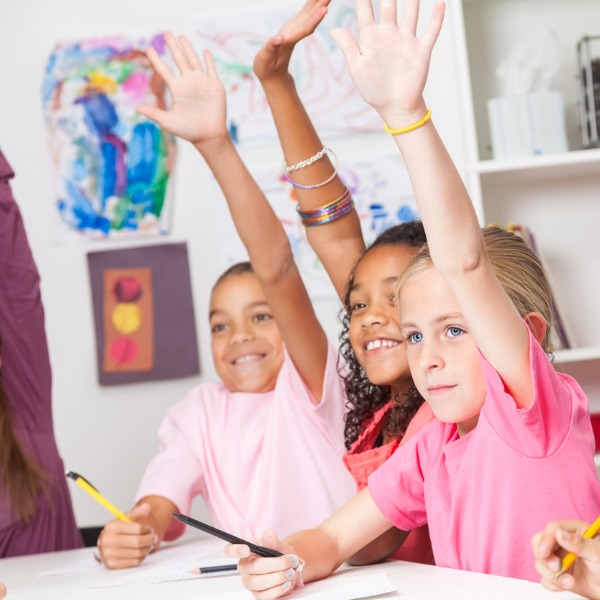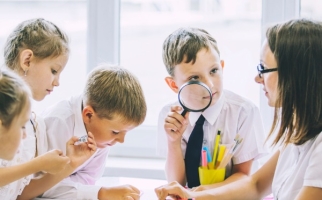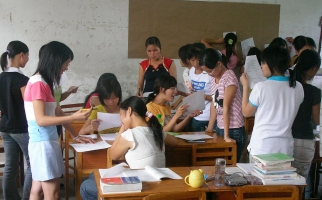Questioning

Students with raised hands (SDI Productions, iStockphoto)
The skill of questioning allows students to pursue their ideas and explore the world around them.
Definition
The skill of questioning allows students to pursue their ideas and explore the world around them. Being able to ask rich questions about who, what, where, when, why, and how, enables students to construct their knowledge and develop an understanding of concepts and experiences.
Questioning is important because it…
- is a fundamental skill across all disciplines
- allows students to capitalize on their interest in, and curiosity about, objects and events in their environment
- can lead to further investigations of interest to the students
- provides opportunities students to take an active role in their own learning
Developing the Skill of Questioning
Students |
Educators |
|---|---|
|
Demonstrate an understanding of what questions are |
Notice and name when students appropriately use different types of questions. |
|
Demonstrate understanding of the different kinds of questions and how these questions are used for different purposes e.g., Thin questions:
e.g., Fat questions:
|
Expose students to different kinds of questions through modeling (e.g., aim to use fat questions when interacting with students). Post examples of ‘fat’ questions around the room so that other adults can use them as examples when interacting with students. |
|
Ask many different types of questions in different situations |
Create a classroom environment that supports and encourages the asking of questions. Provide opportunities for students to engage in meaningful conversations (with each other, with other students, with educators, with other adults) that stimulate ideas and offer opportunities for them to ask and respond to questions. |
|
Ask questions that lead to inquiries (i.e., testable questions) (e.g., “I wonder what would happen if we made the wheels smaller?” “Which material will clean up the water spill the best?”)
|
Provide opportunities for students to ask questions and find answers in a variety of ways. Provide opportunities for students to discover the difference between testable and non-testable questions. |
Related Skills
Related Learning Strategies




